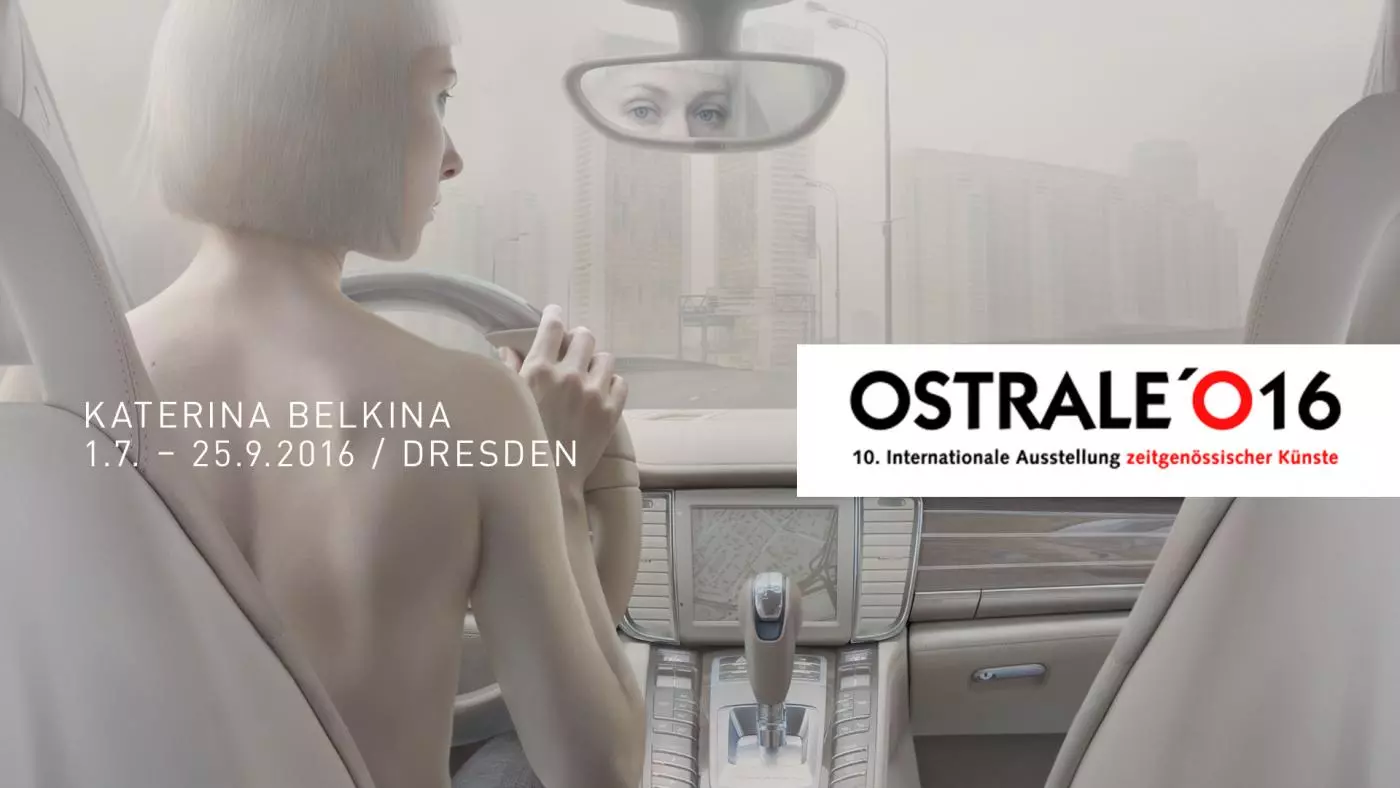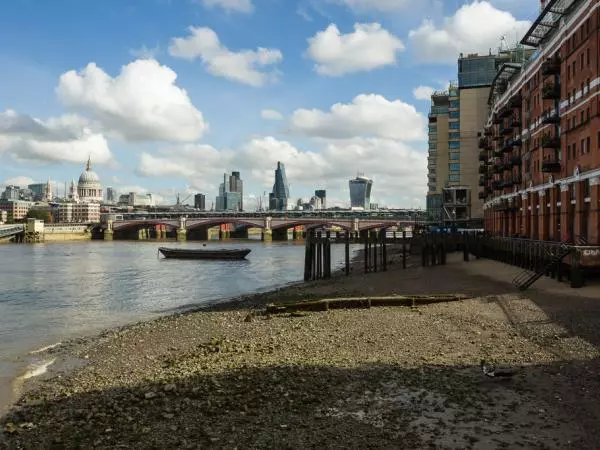http://www.ostrale.de
OSTRALE`016
International exhibition of contemporary arts
„The OSTRALE sees art as a mode of communication that does not necessarily need words to make itself understood. It is the sensory, empirical, even outraged replaying and realisation of our obsession with words. It is also an invitation, a motivation to explore different ideas and begin operating within new systems of logic.
The OSTRALE Centre for Contemporary Art is primarily concerned with creating space for cross-border projects. In doing so, it is helping to develop an open cultural landscape where different artistic positions engage in dialogue with one another. As well as seeking connections to arts that exist in close proximity, we also aim to create links to science, education and social engagement. OSTRALE exhibitions and projects endure because they focus on important social issues that address European identity. The subjectivity of artistic expression, free of any purpose or use imposed from the outside, exemplifies the profound nature of what the works are trying to say. The OSTRALE exists at the heart of Dresden’s vibrant cultural life, a scene that embraces all forms of art including, of course, the contemporary visual arts. As such, it also helps drive economic growth in the city. The OSTRALE makes Dresden a magnet for art that addresses, through everything from humour to the macabre, the power structures and ideologies, value and values that exist in the art world.”
Andrea Hilger Director and initiator of the OSTRALE
OSTRALE-location
The Ostragehege in Dresden gets its name from the village Ostra, meaning “island”, which was first mentioned in 1206. Augustus the Strong later used the wooded area as a hunting ground for red deer. Nowadays the site is home to the OSTRALE, which still retains strong links to the history of the place: its logo features a red deer, and its name combines Signale (the German word for signal) with the roots of the Ostragehege. Classified as a natural monument, the Ostragehege is an important area for habitat and species protection, and a green lung for the city of Dresden.
The OSTRALE’s main exhibition spaces are a collection of slaughterhouse buildings that date back to 1906. Designed by Hans Erlwein in the Heimatstil style, the complex was one of the largest and most technologically advanced facilities operating in Europe at the time. It had its own rail connection, generated its own energy and treated its own wastewater.
The 1945 bombing of Dresden left the slaughterhouse buildings severely damaged. Once restored, the complex was home to Dresden’s state-owned meat combine, which stopped operating in 1992. Because of their special historical importance, the remaining buildings are now listed. The complex is also well known outside of Germany, having achieved international fame when US author Kurt Vonnegut published The Slaughterhouse Five, or the Children’s Crusade.
By choosing this as the main site for its exhibition, the OSTRALE creates an exhilarating contrast between the contemporary artworks on display and the ramshackle, unrenovated industrial buildings that house them. The impressive setting comprises 18 feeding sheds, each with a massive hayloft, and the small cowsheds in Haus 11 (15,000 m²). It also covers the concrete areas outside the buildings, and a green stretch of wasteland (25,000 m²).
 Share / Save
Share / Save






Comments 0
Say something